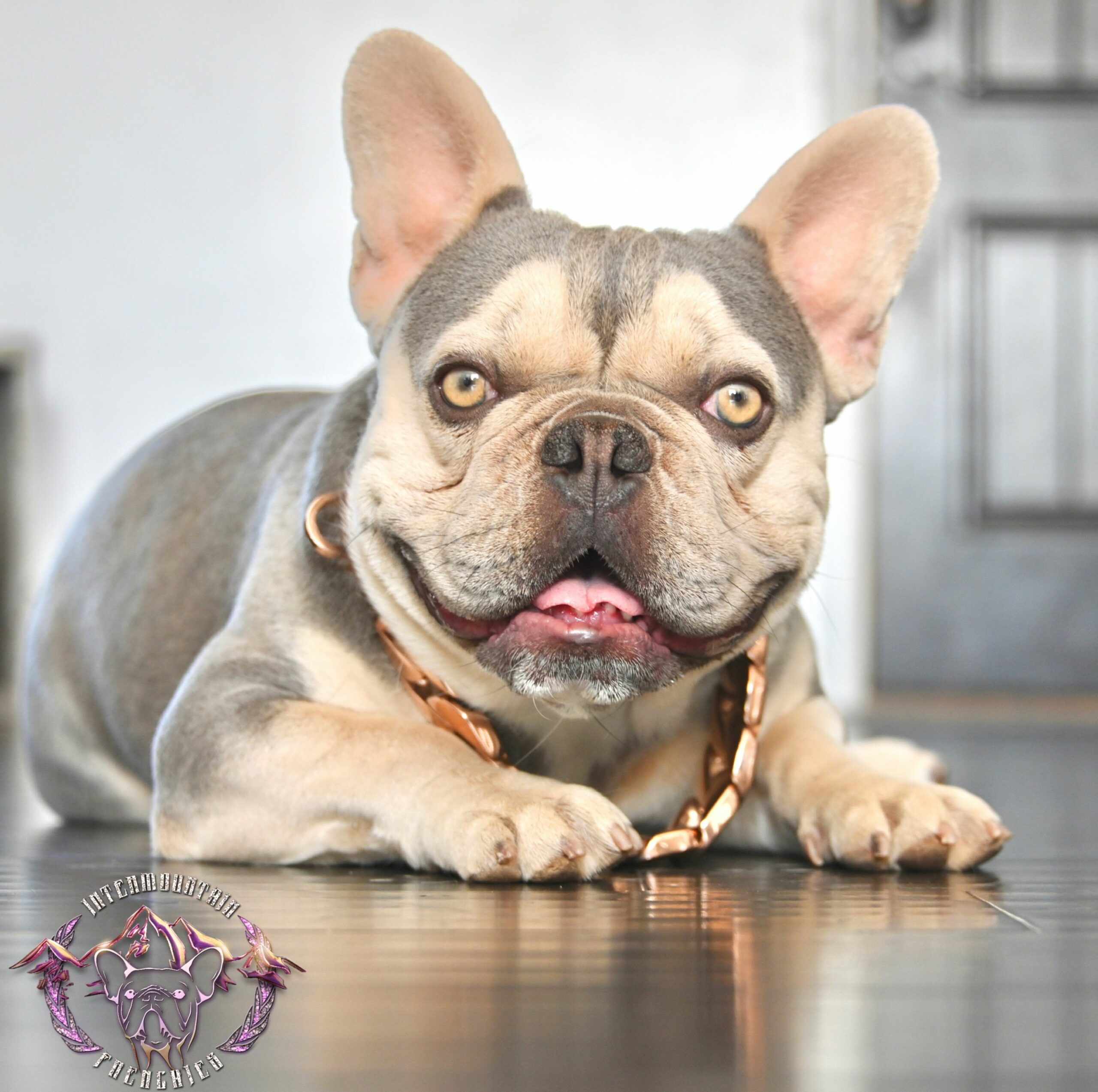Seven cases reports and discussion. There are three types of pemphigus in cats:
 Natural Dog Snout Soother (2 oz) (With images) Dry dog
Natural Dog Snout Soother (2 oz) (With images) Dry dog
This large body of information, if extrapolated, could address clinical discrepancies and expand our knowledge about the treatment of feline pf.

Feline pemphigus foliaceus in cats. This is the most common autoimmune skin disease of cats. The symptoms are pretty much what you have described, sores that form around areas in which normal skin meets specialized skin. Crusts on the footpads of a dog with pemphigus foliaceus.
And results of induction treatment using azathioprine. (2013) use of prednisolone as monotherapy in the treatment of feline pemphigus foliaceus: Although clinical symptoms can vary, affected cats typically develop pustules and crusts on the face, inner pinnae and paw pads, along with paronychia.
After a while, the feline will then experience different types of infection especially skin. Age at onset ranged from less than 1 year to 17 years; The name pemphigus is derived from the greek word pemphix, meaning bubble or blister.
Pemphigus foliaceus is a rare autoimmune skin disease that can affect many species. Background since the first description of feline pemphigus foliaceus (pf) more than 30 years ago, numerous case reports have been published, while larger case series have remained rare. Since the first description of feline pemphigus foliaceus (pf) more than 30 years ago, numerous case reports have been published, while larger case series have remained rare.
Pemphigus foliaceus (pf) is the most common feline autoimmune skin disease. Lesions can also affect the pinnae. In this case, the body recognizes a glycoprotein, desmoglein i, found in the skin as foreign and mounts an antibody response against it.
The most common form of this disease in cats is pemphigus foliaceus, but a number of variants have been reported, including pemphigus vulgaris (which involves. Your trusted news source for your veterinary and practice needs Abstract fifty‐seven cases of feline pemphigus foliaceus were identified from biopsy specimens submitted to university of pennsylvania school of veterinary medicine's laboratory of pathology and toxicology by veterinary dermatologists from 1991 to 2002.
Caciola p l, nesbitt g h, hurvitz a i (1984) pemphigus foliaceous in 8 cats; Pemphigus foliaceus is an autoimmune disease. This disease occurs due to the immune system attacking its own skin cells.
It is, nevertheless, considered to be the most common autoimmune disease of the skin seen in both dogs and cats. And others (2012) use of modified ciclosporin in the management of feline pemphigus foliaceus: It is characterized by the development of erosions, ulcerations, and thick encrustations of the skin and mucocutaneous junctions.
Feline pemphigus foliaceus pemphigus foliaceus is a rare autoimmune disease in cats accounting for less than 1% of the author’s skin cases. Pemphigus diseases result from the formation of antibodies against keratinocyte structures, and differ because each has a different target antigen and/or histopathologic feature. Pemphigus foliaceus, pemphigus erythematosus, and pemphigus vulgaris.
With pm, the patient develops crusts (scabs) and ulcers around the eyes, ears, footpads, groin, and bridge of the nose. Pemphigus foliaceus is the most common of these diseases, occurring more often in dogs than in cats and horses. Pemphigus foliaceous is an uncommon immune mediated skin disease that can occur in either dogs or cats.
Pemphigus foliaceus can also spread and become generalized in cats.15 feline pemphigus foliaceus most commonly begins on the head (figure 6). In other words, it is caused by the animal’s own immune system. The degree of crusting is one of the diagnostic features of this disease.
There are three types of pemphigus that affect cats: In most cats, pemphigus foliaceus is a mild and localized disease consisting of erosions and yellowish crusts. Manning t o, scott d w, smith c a et al (1982) pemphigus diseases in the feline:
Pemphigus foliaceus in cats will appear in isolated places that may be difficult to see at first but it usually appears in the cat’s nose bridge or on their ears. The prognosis for pemphigus foliaceus varies between individuals and many cats require lifelong medication. Eighty per cent of cats were reported to have been pruritic.
In general, it is an uncommon disease; In cats, lesions also develop at the toenail beds creating crusty sore feet. However, pemphigus foliaceus is the most common out of all the autoimmune skin diseases.
A retrospective study of 37 cats. The pustules quickly rupture, resulting in the formation of extensive crusting of affected areas. Pemphigus foliaceus is an autoimmune skin disease in cats.
Pemphigus foliaceus is an uncommon, sterile pustular, autoimmune skin disease that is recognized in both dogs and cats. Then following the symptom, the cat’s nose will lose its normal structure and color. Autoantibodies attack a component of the adhesion molecules on keratinocytes, leading to lack
 Sabacat Olivia RIP. Pemphigus Foliaceus
Sabacat Olivia RIP. Pemphigus Foliaceus
 Sabacat Olivia RIP. Pemphigus Foliaceus
Sabacat Olivia RIP. Pemphigus Foliaceus
 Never buy kittens from breeders, don’t support
Never buy kittens from breeders, don’t support
 Veterinary client handout The facts about pemphigus
Veterinary client handout The facts about pemphigus
 BEFORE & AFTER Pemphigus Foliaceus a common autoimmune
BEFORE & AFTER Pemphigus Foliaceus a common autoimmune
 Using neem oil for flea and tick control for dogs Dog
Using neem oil for flea and tick control for dogs Dog
 Pruritic Recurrent Otitis Externa in a Cat Tierisch
Pruritic Recurrent Otitis Externa in a Cat Tierisch
 Mopsie is having acupuncture for thunderstorm phobia. Note
Mopsie is having acupuncture for thunderstorm phobia. Note



